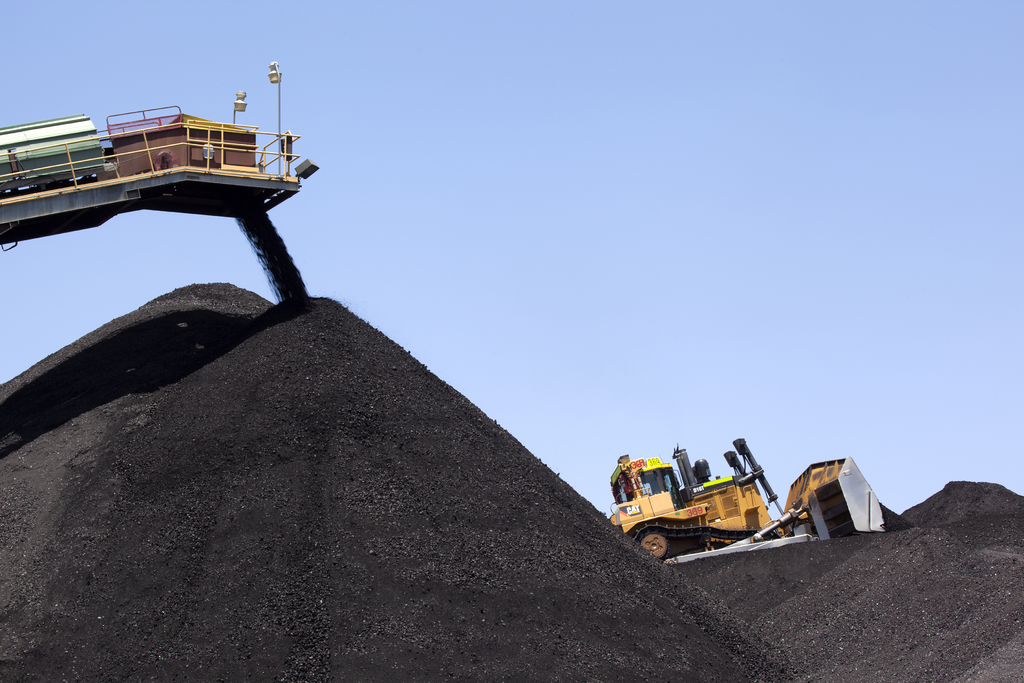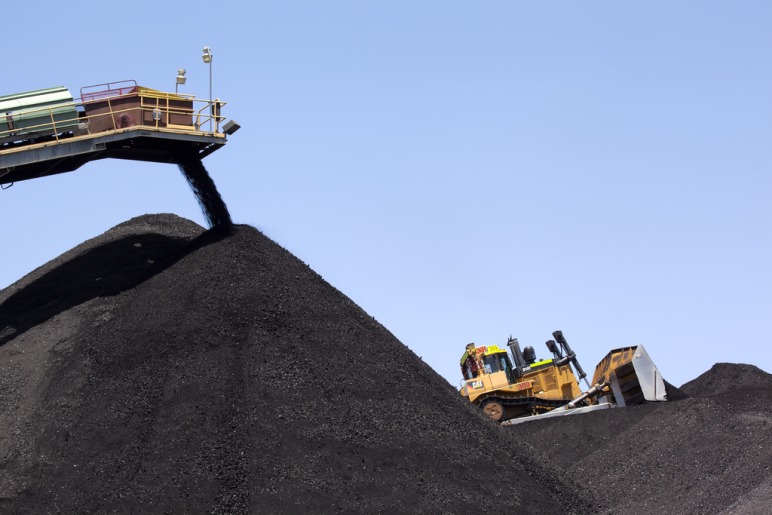The big coal news of the day: Peabody Energy, the world’s largest private-sector coal company and one of the main proponents of the Gateway Pacific coal export terminal outside of Bellingham, Washington, has officially filed for bankruptcy protection. And Reuters gets the reasons just right:
Peabody Energy Corp, the world’s largest privately owned coal producer, filed for U.S. bankruptcy protection on Wednesday in the wake of a sharp fall in coal prices that left it unable to service a recent debt-fueled expansion into Australia.
I’m sure that we’ll hear all sorts of indignant claims that Peabody is the latest victim America’s so-called “war on coal.” But the real assault on Peabody’s shareholders came from the company’s own executives, who made a massive, ill-timed bet on coal exports at the peak of the Asian coal bubble.
Back in 2011—when the company was still maintaining that the global coal markets were in the early stages of a prolonged boom—Peabody got into a bit of a bidding war to buy Australian-based Macarthur Coal. Peabody eventually “won,” paying $5.1 billion for the firm and borrowing about $4.1 billion to fund the acquisition.
The real assault on @PeabodyEnergy’s shareholders came from the company’s own executives.
The timing couldn’t have been worse. The Pacific Rim coal bubble had already started to deflate nearly a year before the ink was dry on the Macarthur deal. Seaborne thermal coal prices would continue to fall for years, amid burgeoning supply and tepid Asian demand. China’s coal imports started to collapse in mid-2014, and India would follow suit in late 2015 after the nation’s energy minister pledged a prompt end to coal imports.
In short, Peabody’s executive team bet the farm on Asia…and lost. As this fabulous article from Bloomberg demonstrates, the value of Peabody’s export-oriented Australian mining platform steadily collapsed as the Pacific Rim coal bubble deflated. Ultimately, Peabody’s executive team realized that the company simply couldn’t repay the massive debt load it took on during the peak of the coal bubble and had no choice but to declare itself insolvent and file for Chapter 11 bankruptcy protection.
Now that the company is in Chapter 11, Peabody’s stockholders most likely will be wiped out. Lucky creditors who stand at the front of the bankruptcy queue will get back some money, while the company’s unsecured creditors could see something between a few cents on the dollar and zippo.
But you know who will make out like kings? Peabody’s management team—the very bozos (yes, I said it!) whose bad judgment doomed their company and destroyed billions of dollars of their investors’ money. Peabody’s former CEO, Greg Boyce, the man most responsible for Peabody’s bad bets, was paid $41.5 million from 2011 through 2014. All told, Peabody’s top executives received a total of $104 million over the four years that the company’s export strategy unraveled.
It’s these same phenomenally wealthy executives who complain about all their troubles with the so-called “war on coal.” Their hubris and stark incompetence doomed their companies, put workers and retirees at risk, polluted the climate, ravaged the landscape, and pushed mine cleanup risks onto the public. And they have the gall to complain about unfair treatment—even as they collected multi-million-dollar paychecks for failing.
(P.S. To Peabody’s executives: I don’t really like “I-told-you-sos.” But…I told you so.)












Comments